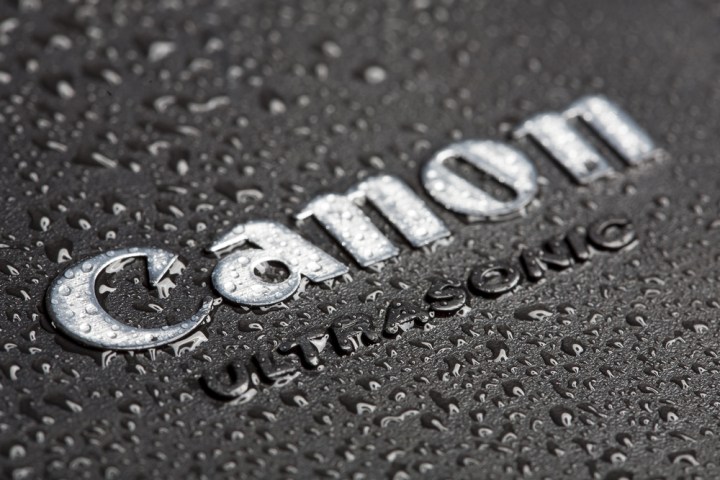
Announced this week, the Japanese imaging giant has developed an APS-H camera sensor (approx. 29.2 x 20.2 mm) that holds a whopping 250-megapixels, a new record for the number of pixels on a CMOS sensor.
But pick your eyes off the floor and stick them right back where they belong – it’s not going to end up in a DSLR anytime soon, or possibly ever.
Instead, the technology is likely to be used in surveillance systems and crime prevention tools, which doesn’t come as too much of a surprise when you discover that Canon’s new sensor is able to “capture images enabling the distinguishing of lettering on the side of an airplane flying at a distance of approximately 18 km [11 miles] from the shooting location.”
An APS-H sensor is a little larger than the APS-C sensor found in many consumer DSLRs, though smaller than the 35mm one used in professional cameras such as the Canon 5D Mk III and Nikon D4S.
Canon says that advancements in signal-processing technology and circuit miniaturization allow for remarkably clean pictures, though unfortunately we’re unable to verify the claim as the company is yet to release any sample shots.
Its video capabilities don’t sound too bad either. Footage captured by a camera fitted with the sensor achieves a resolution around 125 times that of Full HD (1920 x 1080 pixels) video and about 30 times that of 4K (3840 x 2160 pixels) video.
“The exceptionally high definition made possible by the sensor lets users crop and magnify video images without sacrificing image resolution and clarity,” Canon said in a release announcing its breakthrough technology.
Though it’s unlikely we’ll ever see this particular sensor in a consumer camera, we can certainly hope that at least some of the technology that came out of its development will find its way into our cameras and even smartphones over time.


